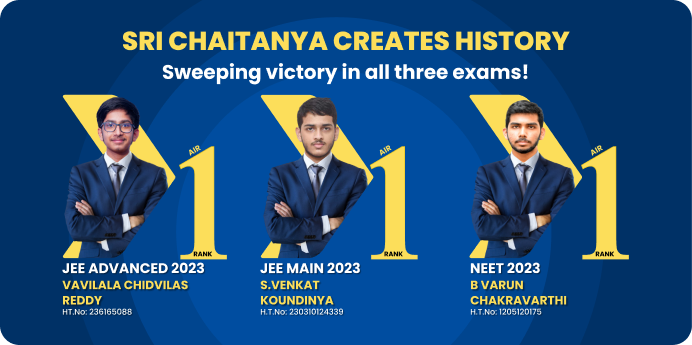
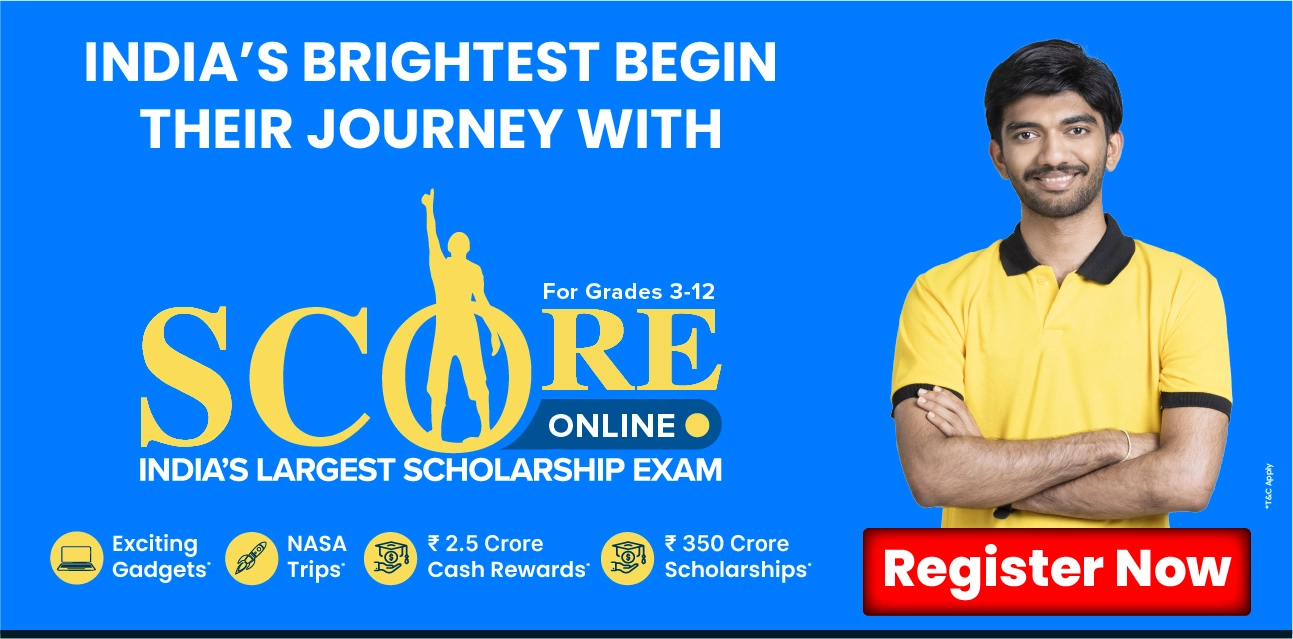



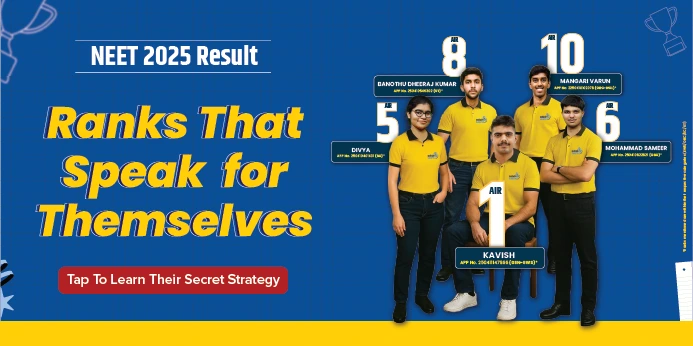
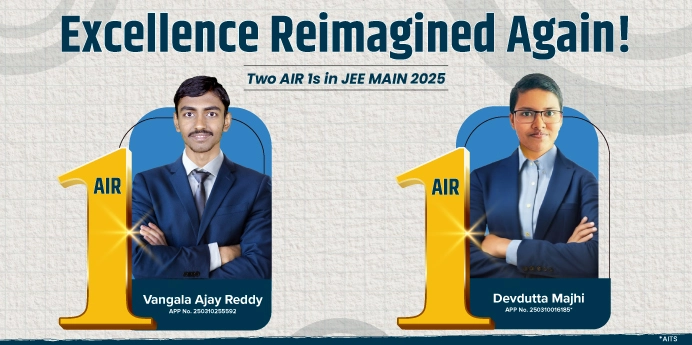
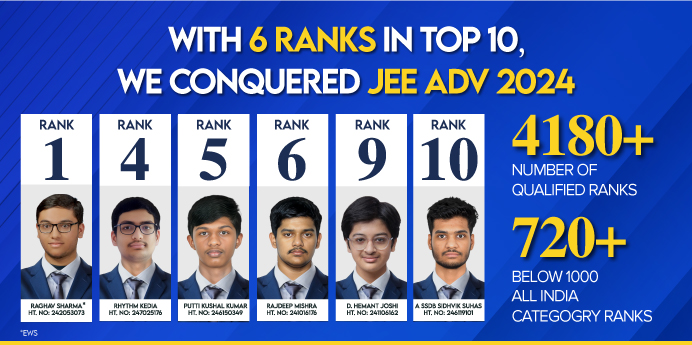
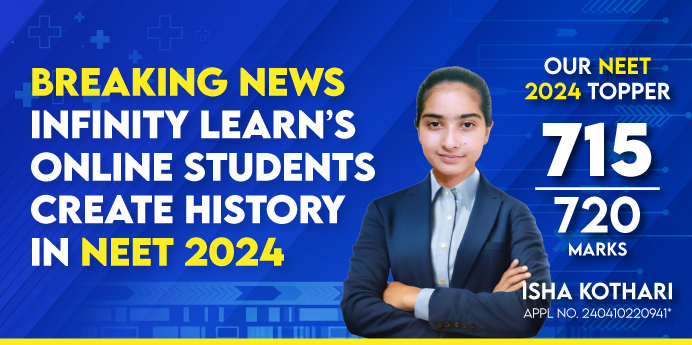


Courses

By Maitree Choube
|
Updated on 29 Aug 2025, 16:46 IST
This chapter is all about understanding light, which is a vital part of our everyday lives. Light is a form of energy that allows us to see everything around us. It travels very fast and in straight lines. By learning about light, we can better understand how we see things and how light behaves in different situations.
In this chapter, you will learn about how light can reflect off surfaces, like when you see yourself in a mirror. You'll also discover how light can bend when it passes through objects like water or glass, a process called refraction. Additionally, we will explore how white light can split into different colors, a phenomenon known as dispersion. These concepts are not only interesting but also help us understand many natural and technological processes.
To help you grasp these ideas, we have prepared a set of multiple-choice questions (MCQs). These MCQs on Light for Class 7 Science are designed to test your knowledge and make learning fun and interactive. By answering these questions, you can check your understanding and see how well you know the topic of light. Let's get started and brighten up our knowledge about light.
Ques 1. The coloured band of light obtained by dispersion of light is called:
(a) image
(b) spectrum
(c) convergence
(d) scattering

Answer: (b) spectrum
Ques 2. The image formed by a convex mirror is:

JEE

NEET

Foundation JEE

Foundation NEET

CBSE
(a) erect and diminished
(b) erect and enlarged
(c) inverted and diminished
(d) inverted and enlarged

Answer: (a) erect and diminished
Ques 3. Light is a form of:
(a) Energy
(b) Power
(c) Heat
(d) Temperature
Answer: (a) Energy
Ques 4. Which one shows lateral inversion?
(a) Plane mirror
(b) Convex mirror
(c) Concave mirror
(d) All of these
Answer: (a) Plane mirror
Ques 5. An image formed by a lens is erect. Such an image could be formed by a:
(a) convex lens provided the image is smaller than object
(b) concave lens provided the image is smaller than object
(c) concave lens provided the image is larger than object
(d) concave lens provided the image is of the same size
Answer: (b) concave lens provided the image is smaller than object
Ques 6. You are provided with a concave mirror, a convex mirror, a concave lens and a convex lens. To obtain an enlarged image of an object you can use either:
(a) concave mirror or convex mirror
(b) concave mirror or convex lens
(c) concave mirror or concave lens
(d) concave lens or convex lens
Answer: (b) concave mirror or convex lens
Ques 7. The middle colour in sunlight spectrum is:
(a) yellow
(b) green
(c) blue
(d) orange
Answer: (b) green
Ques 8. The object in which seven colours spread over it appears to be white in colour when rotated is Called:
(a) Galileo’s disc
(b) Newton’s disc
(c) Rutherford’s disc
(d) Faraday’s disc
Answer: (b) Newton’s disc
Ques 9. Rectilinear propagation is:
(a) mode of travelling in curved lines
(b) mode of travelling in straight lines
(c) ability to bend around obstacles
(d) displaying the phenomenon of diffraction
Answer: (b) mode of travelling in straight lines
Ques 10. The path of the light is:
(a) always a straight line
(b) a curved line
(c) a zig-zag line
(d) depends on the medium
Answer: (a) always a straight line
Ques 11. Which colour of light scattered least:
(a) Green
(b) Yellow
(c) Red
(d) Blue
Answer: (c) Red
Ques 12. Stefan and Nick were given one mirror each by their teacher. Stefan found his image to be erect and of the same size whereas Nick found her image erect and smaller in size. This means that the mirrors of Stefan and Nick are, respectively:
(a) plane mirror and concave mirror
(b) concave mirror and convex mirror
(c) plane mirror and convex mirror
(d) convex mirror and plane mirror
Answer: (c) plane mirror and convex mirror
Q13. Which of the following always travels in a straight line in a uniform medium?
a) Sound
b) Light
c) Heat
d) Electricity
Answer: b) Light
Q14. The image formed by a plane mirror is always:
a) Real, erect, and same size
b) Virtual, erect, and same size
c) Real, inverted, and smaller
d) Virtual, inverted, and magnified
Answer: b) Virtual, erect, and same size
Q15. A periscope works on the principle of:
a) Refraction
b) Dispersion
c) Multiple reflection
d) Scattering
Answer: c) Multiple reflection
Q16. The part of the eye that controls the amount of light entering it is:
a) Lens
b) Retina
c) Iris
d) Cornea
Answer: c) Iris
Q17. Which of these devices uses reflection of light?
a) Microscope
b) Periscope
c) Telescope
d) Spectacles
Answer: b) Periscope
Q18. Dispersion of light means:
a) Bending of light
b) Splitting of light into colors
c) Scattering of light in all directions
d) Absorption of light by an object
Answer: b) Splitting of light into colors
Q19. The persistence of vision in the human eye is about:
a) 1/100 of a second
b) 1/16 of a second
c) 1/10 of a second
d) 1 second
Answer: b) 1/16 of a second
Q20. An object is placed very close to a concave mirror. The image formed is:
a) Real, inverted, and smaller
b) Virtual, erect, and magnified
c) Real, erect, and same size
d) Virtual, inverted, and magnified
Answer: b) Virtual, erect, and magnified
Ques 21. Image formed by a plane mirror is:
(a) virtual and erect
(b) real and erect
(c) virtual and inverted
(d) real and inverted
Answer: (a) virtual and erect
Ques 22. When the Newton's disc is rotated what happens:
(a) The colours fade to white
(b) The colours fade to black
(c) Rutherford’s disc
(d) Faraday’s disc
Answer: (a) The colours fade to white
Ques 23. Concave lens is also known as:
(a) Converging lens
(b) Diverging lens
(c) Bifocal length
(d) Biconcave lens
Answer: (b) Diverging lens
Ques 24. An erect and enlarged image can be formed by:
(a) only a convex mirror
(b) only a concave mirror
(c) only a plane mirror
(d) both convex and concave mirror
Answer: (b) only a concave mirror
Ques 25. ..............refers to collection of rays.
(a) Shadow
(b) Photon
(c) Beam
(d) Image
Answer: (c) Beam
Ques 26. Light travels in
(a) Curved lines
(b) In circular path
(c) In straight line
(d) Zig-zag path
Answer: (c) In straight line
Ques 27. When light bounces off a surface, the surface is
(a) Transparent
(b) Reflector
(c) Opaque
(d) Translucent
Answer: (b) Reflector
Ques 28. Rectilinear propagation is
(a) mode of travelling in curved lines
(b) mode of travelling in straight lines
(c) ability to bend around obstacles
(d) displaying the phenomenon of diffraction
Answer: (b) mode of travelling in straight lines
Ques 29. A virtual image larger than the object can be produced by a
(a) Plane Mirror
(b) Concave mirror
(c) Convex mirror
(d) All of the above
Answer: (b) Concave mirror
Ques 30. The light that is reflected from a compact disc (CD) consists of
(a) Seven colours
(b) Eight colours
(c) Five colours
(d) Three colours
Answer: (a) Seven colours
Ques 31. Latha is observing her image in a plane mirror. The distance between the mirror and her image is 6m. If she moves 2m towards the mirror, then the distance between Latha and her image will be
(a) 8m
(b) 4m
(c) 10m
(d) 5m
Answer: (a) 8m
Ques 32. Which of the following is used as a side view mirror?
(a) Plane mirror
(b) Concave mirror
(c) Convex mirror
(d) Convex lens
Answer: (c) Convex mirror
Ques 33. Sunlight is
(a) Red in colour
(b) Green in colour
(c) Yellow in colour
(d) White in colour
Answer: (d) White in colour
Ques 34. A diverging mirror is
(a) a plane mirror
(b) a convex mirror
(c) a concave mirror
(d) a shaving mirror
Answer: (b) a convex mirror
Ques 35. A virtual image
(a) can be formed on the screen
(b) cannot be formed on the screen
(c) is formed only by the plane mirror
(d) is formed only by the convex mirror
Answer: (b) cannot be formed on the screen
Ques 36. The image formed by a concave lens is always virtual, erect and:
(a) bigger in size
(b) smaller in size
(c) medium in size
(d) all of these
Answer: (a) bigger in size
Ques 37. Light is
(a) an electromagnetic radiation
(b) a transverse wave
(c) massless
(d) All of the above
Answer: (d) All of the above
Ques 38. A plane mirror produces a
(a) virtual and erect image
(b) virtual and inverted image
(c) real and erect image
(d) real and inverted image
Answer: (a) virtual and erect image
Ques 39. Which colour of light is scattered least?
(a) Green
(b) Yellow
(c) Red
(d) Blue
Answer: (c) Red
Ques 40. You are provided with a convex mirror, a concave mirror, a convex lens and a concave lens. You can get an inverted image from
(a) both concave lens and convex lens
(b) both concave mirror and convex mirror
(c) both convex mirror and convex lens
(d) both convex mirror and concave lens
Answer: (c) both convex mirror and convex lens
Also Check:
No courses found
You can download Class 7 Science Light worksheets in PDF from trusted educational platforms like Infinity learn and CBSE resource sites for free practice.
Yes, Infinity Learn provide NCERT Light chapter notes in PDF, making it easy for students to revise anytime, even offline.
Solving Class 7 Science MCQs helps in improving speed, accuracy, and get familiar with exam style objective questions.
Science exams include MCQs, diagram-based questions, short notes on reflection/refraction, and uses of mirrors in daily life.
It builds the foundation for higher classes by explaining basics of reflection, mirrors, vision, and optical devices.